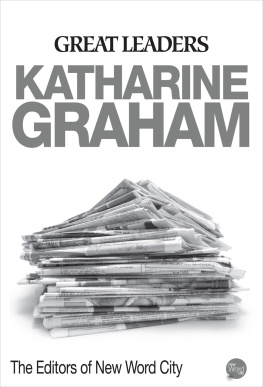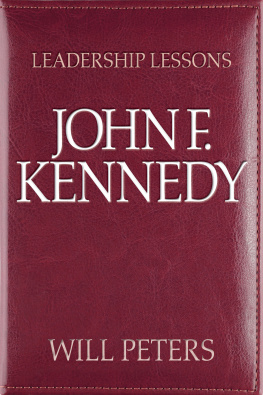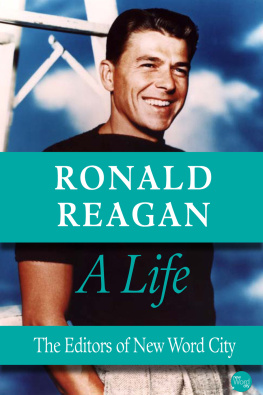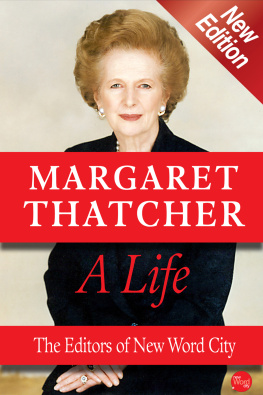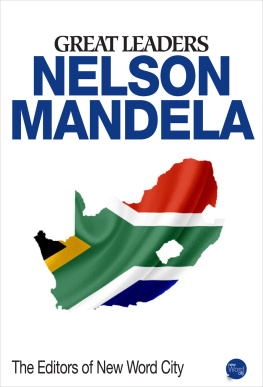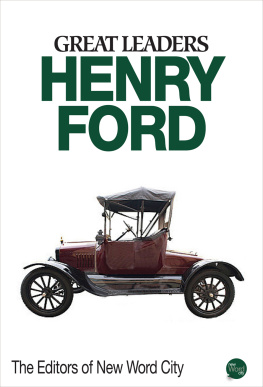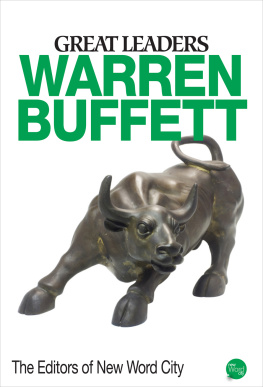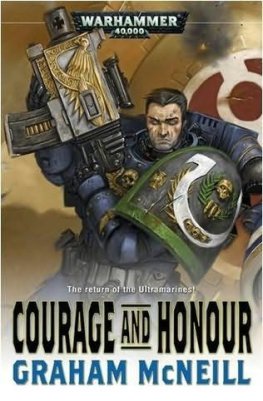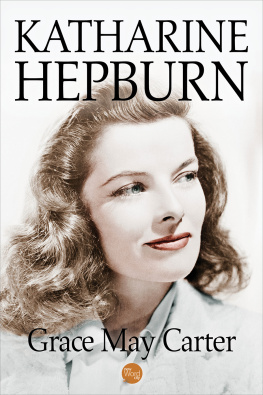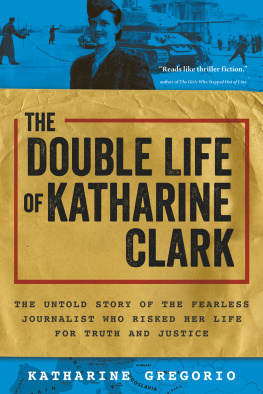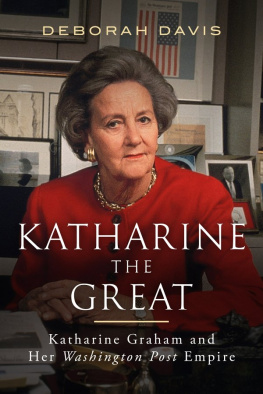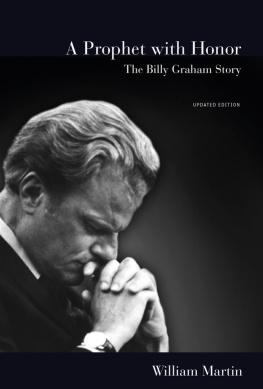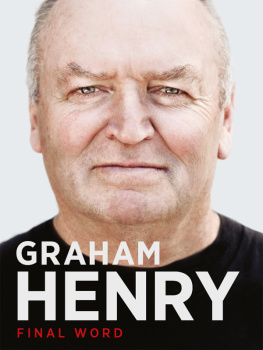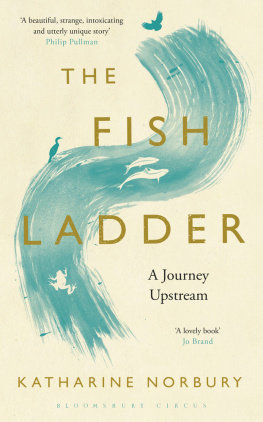The Editors of New Word City - Katharine Graham
Here you can read online The Editors of New Word City - Katharine Graham full text of the book (entire story) in english for free. Download pdf and epub, get meaning, cover and reviews about this ebook. year: 2013, publisher: New Word City, genre: Non-fiction. Description of the work, (preface) as well as reviews are available. Best literature library LitArk.com created for fans of good reading and offers a wide selection of genres:
Romance novel
Science fiction
Adventure
Detective
Science
History
Home and family
Prose
Art
Politics
Computer
Non-fiction
Religion
Business
Children
Humor
Choose a favorite category and find really read worthwhile books. Enjoy immersion in the world of imagination, feel the emotions of the characters or learn something new for yourself, make an fascinating discovery.
- Book:Katharine Graham
- Author:
- Publisher:New Word City
- Genre:
- Year:2013
- Rating:4 / 5
- Favourites:Add to favourites
- Your mark:
- 80
- 1
- 2
- 3
- 4
- 5
Katharine Graham: summary, description and annotation
We offer to read an annotation, description, summary or preface (depends on what the author of the book "Katharine Graham" wrote himself). If you haven't found the necessary information about the book — write in the comments, we will try to find it.
Katharine Graham overcame timidity, mastered constant crises, and eventually made history as the publisher of The Washington Post. Her story is an epic of hard work, determination, and courage under fire - and it holds lessons for leaders everywhere.
The Editors of New Word City: author's other books
Who wrote Katharine Graham? Find out the surname, the name of the author of the book and a list of all author's works by series.
Katharine Graham — read online for free the complete book (whole text) full work
Below is the text of the book, divided by pages. System saving the place of the last page read, allows you to conveniently read the book "Katharine Graham" online for free, without having to search again every time where you left off. Put a bookmark, and you can go to the page where you finished reading at any time.
Font size:
Interval:
Bookmark:
Katharine Graham had to make the call. Should her newspaper, The Washington Post, publish the story of the Nixon administrations secret history of the Vietnam War? After a single day, a federal court had already forbidden The New York Times from printing any more articles on the subject. Now the Post had access to the Pentagon Papers, and its writers and editors were hard at work summarizing their contents. But printing them might be illegal. It would surely infuriate the White House. Even if it didnt kill the paper, the Posts reputation would be ruined if the writers got anything wrong.
Ben Bradlee and Phil Geyelin, Grahams trusted editors, were telling her she had to publish. Fritz Beebe, her lawyer and business mentor, was saying not to. Graham knew the risks. But when she said just that, Geyelin replied, Theres more than one way to destroy a newspaper. That stuck in her mind.
Graham was only a fledgling publisher, still learning the business she had inherited after her husbands suicide. But she had printers ink in her blood, and she was fired by the loftiest credo of journalism - to find and tell the truth, come what may. I took a big gulp, she wrote years later, and said, Go ahead, go ahead, go ahead. Lets go. Lets publish.
In the end, the Supreme Court supported that decision, and the story changed history. It also established the Post as one of the nations most important newspapers, one that would later play an even more crucial role in the Watergate scandal that ended Richard Nixons presidency. Grahams courage was justly praised, but thats only one of the many lessons her life holds for leaders everywhere.
Kay (as nearly everyone called her) Graham won worldwide acclaim for her backing of Bradlee and his two young investigative reporters, Bob Woodward and Carl Bernstein, in their dogged pursuit of the Watergate story. After the scandal forced Nixon to resign in 1974, the Post won a Pulitzer Prize for its coverage. Only a year later, Grahams courage and determination were tested again in a grueling, violent pressmens strike that went on for four interminable months and could have put the paper out of business. And throughout her career, she struggled to overcome her timidity, assert herself in what was still a mans world, and master the techniques of management and leadership that she had never been taught. She was her own fiercest critic. But her story is a classic of triumph over adversity - and her own account of it, her autobiography Personal History, which she wrote herself, was honest, unsparing, and a bestseller.
She was born Katharine Meyer in New York City on June 16, 1917. Her father, Eugene Meyer, came from a prosperous Jewish family in San Francisco. He moved east as a young man and became one of New Yorks most successful investment bankers. Meyer cultivated the image of a gambler, but in reality he never invested in a company without exhaustive research that convinced him he was making a surefire bet. J. Pierpont Morgan said of him, Watch out for this fellow Meyer because if you dont hell end up having all the money on Wall Street. By 1915, Meyers fortune matched his age times a million: $40 million, the equivalent of $900 million today.
Meyer might have come close to fulfilling Morgans prophecy, but he saw money as a means to even more satisfying ends. He dissolved his Wall Street firm, moved to Washington, D.C., and got involved in national politics and finance. In 1930, Herbert Hoover appointed him chairman of the Federal Reserve Board. In 1946, when he was seventy, Harry Truman made him the first president of the World Bank. Meyer bought up the near-defunct Washington Post in 1933 and set about making it a respected and profitable paper.
Smart, powerful, and public-spirited, Meyer was a man of many virtues, but fatherhood was not among them. In his galaxy, his five children were distant planets, rarely visited, much less explored. And to them he was a distant sun, a source of warmth, but a long way off.
Grahams mother, Agnes Ernst Meyer, came from an affluent New York family with Methodist roots. She was attractive, clever, driven - a fiercely independent woman whose real interests were the arts and people in the arts. Agnes Meyer regarded childbearing as her duty, but once her five children were born, she left them in the nest while flying off by herself. She spent months at a time in Europe, cultivating friendships with prominent artists and writers, including the sculptors Constantin Brancusi and Auguste Rodin, the photographer Edward Steichen, and the novelist Thomas Mann.
Wealth and position allowed Agnes Graham to live by her own rules. In Personal History, Graham writes that her mother came on so strong you wilted. She recounts her shame and embarrassment when Agnes would march to the front of a line, announce I am Mrs. Eugene Meyer of TheWashington Post, and demand to be taken first.
Soon after she was born, Grahams parents moved to Washington, leaving all five children behind in a vast Fifth Avenue apartment. For the first four years of her life, Graham and her siblings saw their parents only sporadically, but they were in good hands. Their full-time nanny, Margaret Ellen Powell, was a trained nurse and a much-loved surrogate mother. Powelly, as the children called her, took care of them all until they were handed over to a governess, Anna Otth, known as Mademoiselle.
When Graham was four, the children joined their parents in Washington, where she eventually attended Madeira, the exclusive girls boarding school in McLean, Virginia. Summers were spent at the familys estate in Mount Kisco, New York, with sojourns at their ranch in Wyoming, as well as numerous trips to Europe. It was a life of ease and luxury, but Graham said money was a taboo subject of conversation, along with sex and religion - I didnt know we were rich any more than I knew we were Jewish. She saw herself all through her childhood as ugly, unloved by her mother and distant from her father. But somehow, she said, she sensed that he believed in her and that was the single most sustaining thing in my life. That was what saved me.
When Katharine Grahams father bought The Washington Post, it was bankrupt and so unpromising that he snapped it up at auction for just $825,000. Among the beneficiaries was young Katharine, who got her first taste of journalism with a summer job as a copygirl. Both her parents were passionately involved with the paper, and from then on, the Post was always near the center of her life.
In the fall of 1934, she went to Vassar College and soon discovered that her world views needed editing. That happened: Graham entered Vassar as a Republican, like her parents, and left two years later as a New Deal Democrat. She transferred to the University of Chicago, where she joined the liberal wing of the American Student Union. After graduating in 1938, she got a job as a cub reporter at the San Francisco News for $24 a week. After a rough start - it took her three hours, she recounted, to write her first, two-sentence story - she was assigned to cover labor news, which she did with curiosity and passion.
More than a bit of passion: By her own account, Grahams waterfront beat led her into an affair with Pat Patton, a bright, streetwise charmer who headed the warehousemens union. For Graham, this fusion of cultural opposites was good fun if bad journalism, until it dawned on her that Patton had a wife and a serious drinking problem. She saw in hindsight that her behavior was unprofessional. But her apprenticeship in San Francisco had also confirmed her love of journalism itself.
Less than a year later, in the spring of 1939, Grahams father lured her back to the Post
Next pageFont size:
Interval:
Bookmark:
Similar books «Katharine Graham»
Look at similar books to Katharine Graham. We have selected literature similar in name and meaning in the hope of providing readers with more options to find new, interesting, not yet read works.
Discussion, reviews of the book Katharine Graham and just readers' own opinions. Leave your comments, write what you think about the work, its meaning or the main characters. Specify what exactly you liked and what you didn't like, and why you think so.

